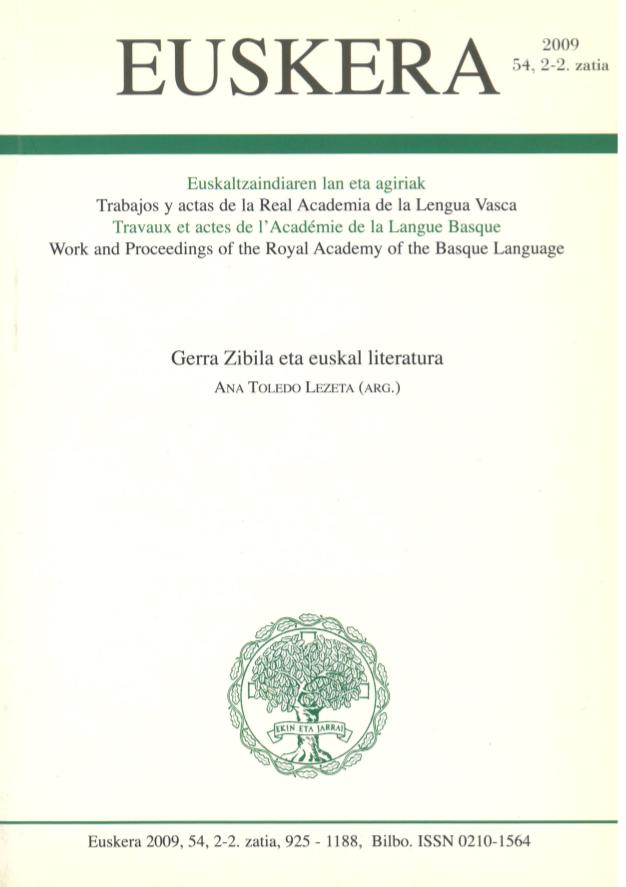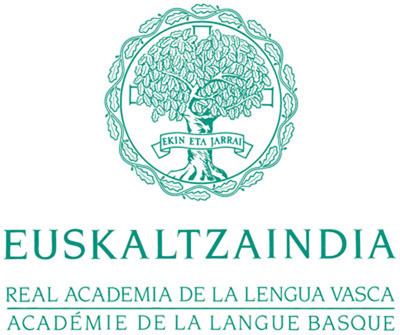Euskal teatroa Gerra Zibilean (1936-37)
DOI:
https://doi.org/10.59866/eia.v2i54.232Keywords:
Basque theater, Civil War, Eguna, exile, Manu SotaAbstract
The war and the immediate post-war period were a cruel blow to the nascent Basque culture especially for the Theatre. ”Aitzol” and “Lauaxeta” two fundamental intellectuals in the “Pro-Basque” movement were shot, as well as other writers and nationalists who went or were forced into exile, or endured long years in prison. These facts as well as the prohibitions on the use of the Basque language brought with it a serious crisis. To be ac-quainted with the earlier cultural movement that took place during the republic and the civil war one can browse the newspaper Eguna [The Day] which was published in Bilbao from 1 January until the fall of the city. We can find in its newspaper sheets among other items, the review of the theater sessions that on 11 February Bilboko Euzko Gastedija [“The Basque Youth of Bilbao”] gave a performance of the play by P. Pearse Tres Gudaris (“Three Soldiers”) in Spanish and the play of M. Soroa Ezer ez ta festa [Party for nothing]. In this presentation, – together with several illustrations – discusses the dramatic art that these works are steeped in, as well as in the following W.B. Yeats-M. Sota- J. Altuna (“The old lady who wept away”), S. Arana-M. Sota (Libe), A. Campión-A.Etxabe (Pedro Mari) In the same way those works that have as leit motif the Spanish Civil War have been written, directed and performed by A. Ruíz de Azua “Ogoñope” (“a Town of Euskadi”) Ekin, Mexico, 1950), A. Labayen (Terremoto (“Earthquake”), Euzko Gogoa, Biarritz, 1955), J.-L.Davant, Agirre presidenta (“Agirre President”), Arrokiaga, 1995), and C. Panera (“Lauaxeta, popular theatre”), Bilbao 2005).








